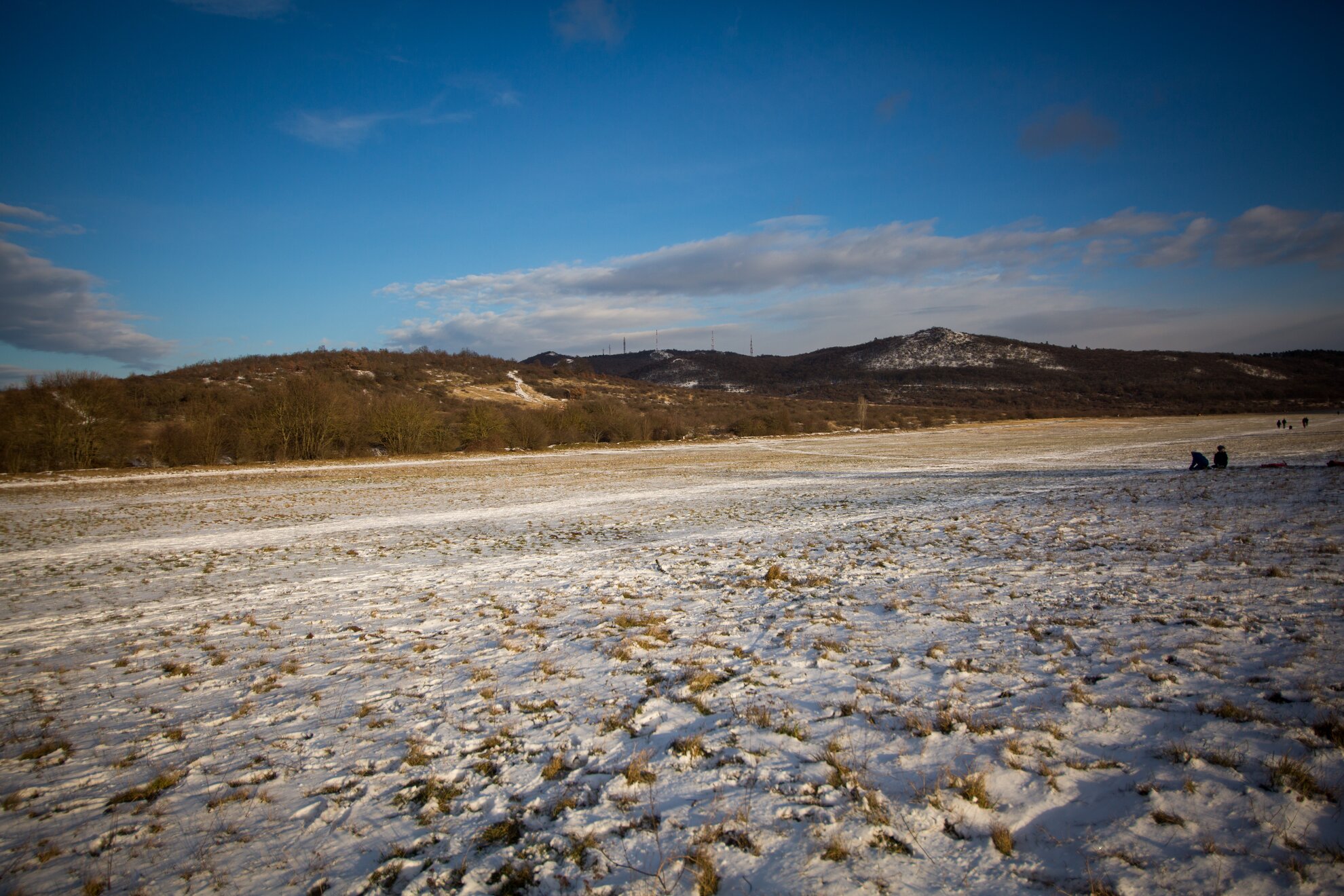While
not quite as hilly as its neighbour District XII, District II does offer popular hikes around Hárshegy. The entire area is made up of
two hills: Nagy-Hárs hegy and Kis-Hárs hegy, both with sweeping vistas of the surrounding valleys and distant hills. During the Middle Ages, iron ore was mined here in Bátori Cave.
Now visitors tend to stay above ground, climbing to the top of the Károly Kaán and Imre Makovecz lookout towers to get the best view. On a clear day, it’s possible to spot the
Parliament building from both vantage points.
Running through the woods here is another popular attraction, the Children’s Railway. Apart from the train driver, all staff positions are held by youngsters. The attraction is actually a memento of Hungary’s Communist past, as it was created in 1948 and operated by Soviet-organised Pioneer Scouts. Nowadays, the Children’s Railway can be reached from Hűvösvölgy, which is also the point where many hikers disembark to begin their journeys.
Not far away is Hármashatár-hegy, once the border of three towns: Buda, Óbuda and Pesthidegkút. Today there is a small airfield, with warning signs for those walking through the area. Nonetheless, it’s a popular spot for hiking, and children use the gentle slopes for sledging in winter.

Another District II attraction is the Tomb of Gül Baba. The 'Father of Roses' was a 16th century Ottoman Bektashi dervish venerated a pious man and great poet. Local legend even states that Gül Baba brought the very first rose to Hungary. While it may not be true, beautiful rose gardens are still cultivated here. The surrounding area is now called Rózsadomb, or Rose Hill, and is much sought-out real estate in Budapest. Interestingly, nearby Gül baba utca holds the record as being Budapest’s steepest street!
Continuing uphill, we come to Mansfeld Péter Park, which commemorates a young martyr of the 1956 Revolution.
The area of District II is known for its dramatic architecture, and it’s here that we find some of the best examples in Budapest of Bauhaus design. In the village-like neighbourhood of Pasarét, a walk down Napraforgó utca shows a villa complex full of outstanding Bauhaus architecture.
Other landmarks in District II include Millenáris Park, an eco-friendly hub spanning 35,000 square metres with a lake, cherry tree grove and a playground, as well as being the home of the new National Dance Theatre! Just around the corner is ever-busy Széll Kálmán tér, from which almost any area in District II can be easily reached by bus or tram.
The next time you visit Budapest, check out the diverse attractions District II has to offer, from its architectural gems to its woodland retreats.




